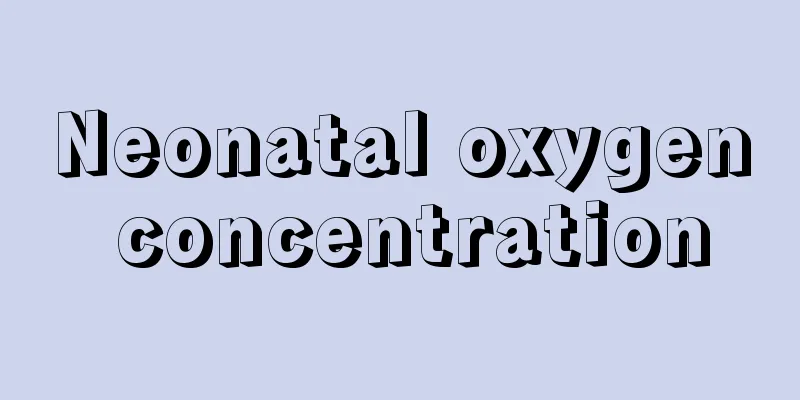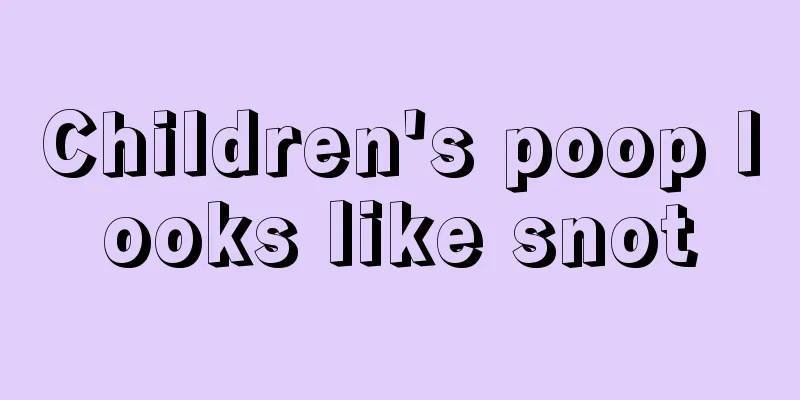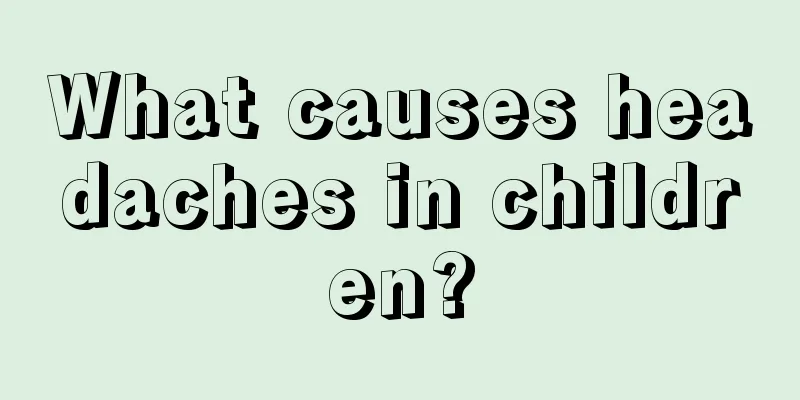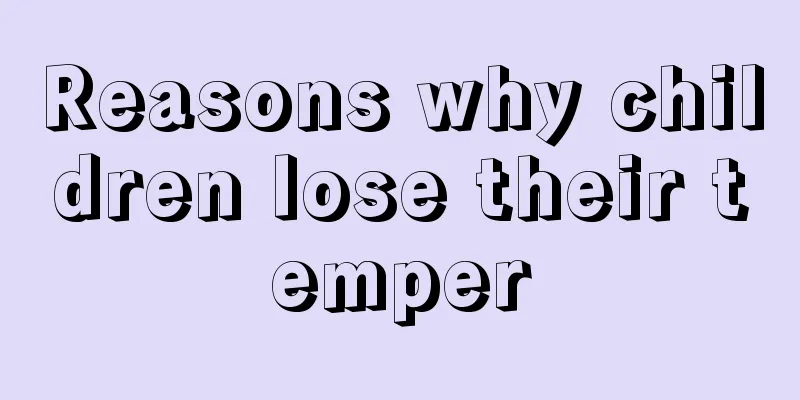What is the disease of a 2-year-old child with fever and convulsions?
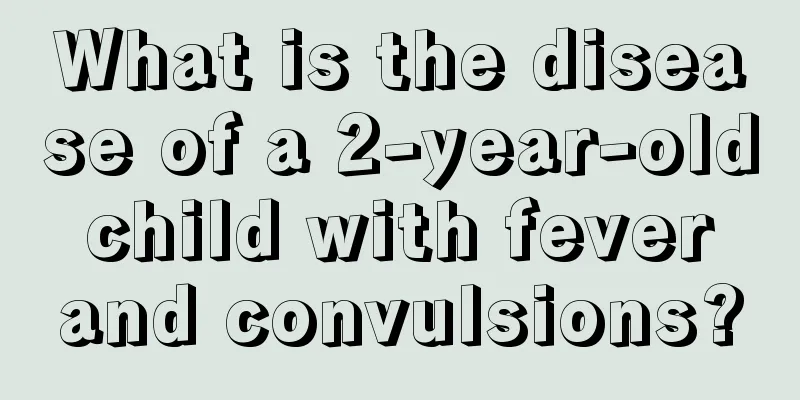
|
Children are very susceptible to bacterial infection after birth. There are many types of bacteria, and the types of diseases that occur are more complicated. The symptoms are obvious during the illness, and the severity of the disease can be judged based on them, so a good treatment plan can be developed. However, we are not familiar with the symptoms of some children's diseases, which may confuse the disease during diagnosis. So what disease is a 2-year-old child with fever and convulsions? At this time, most doctors will analyze the symptoms based on characteristics, medical history, etc., and the disease judgment will be more accurate. A baby's fever and convulsions are medically called "febrile convulsions". This is mainly due to the imperfect development of the infant's nervous system, such as poor inhibitory function of the cerebral cortex and incomplete formation of the nerve myelin sheath. Once stimulated by external stimuli, the excitement can easily spread and cause convulsions. Generally speaking, infants and young children between 6 months and 4 years old, especially those who often catch colds and fevers, are more likely to suffer from febrile convulsions. Convulsions usually occur when the baby has a high fever, such as a body temperature of 39℃-40℃, and last for a relatively short time, about 2-3 minutes, and generally do not exceed 10 minutes. After the convulsion stopped, the child woke up. The hazards can be improved by: 1. Adjust your posture When your baby has a seizure, lay him or her flat on his or her back, making sure he or she is not touching any sharp, hard objects. Later, lay your child on his side to allow him to breathe more easily and prevent saliva or vomit from blocking his trachea. Do not try to pry your child's mouth open; a child who is having a seizure due to a fever or other cause is not in danger of biting his tongue. 2. Ventilate frequently If there is air conditioning at home, maintain the room temperature between 25 and 27 degrees Celsius. You can place the child in an air-conditioned room or use an electric fan to blow around him to slowly lower the body temperature, so that the child will feel more comfortable. But if the limbs are cold and the patient is shivering violently, it means that the patient needs warmth, so he should be covered with a blanket. 3. Take off your clothes If your baby's limbs, hands and feet are warm and he is sweating all over, it means he needs to dissipate heat and he can wear less clothes. 4. Wipe with warm water Undress your baby and rub his whole body with a warm towel. This will dilate the blood vessels in the baby's skin and release body energy. In addition, when water vapor evaporates from the body surface, it will also absorb body heat. 5. Drink plenty of water To help sweating and prevent dehydration. Water has the function of regulating temperature, which can lower body temperature and replenish water lost in the baby's body. 6. Antipyretics When the baby's body temperature exceeds 38.5℃, you can use antipyretic medicine appropriately. What disease is it that causes a 2-year-old child to have a fever and convulsions? This is an abnormal physical phenomenon caused by a high fever, known as febrile convulsion. As long as the patient is given immediate cooling treatment, the symptoms may recur during fever and will completely disappear after the fever subsides. Of course, children with a history of epilepsy must be carefully identified. There is a slight connection between the two diseases. To determine the disease, a corresponding diagnosis must be made, such as an electroencephalogram. It cannot be distinguished based on subjective ideas, which will lead to incorrect diagnosis. |
<<: Causes and treatment of effusion in children's knees
>>: How to treat knee effusion in children
Recommend
What causes children to cry at night?
It is normal for children to cry, but in reality,...
The child has goose bumps
Many parents will find that their children have g...
How to raise your child to be more beautiful
1. Correct your child’s standing, sitting and wal...
Nutritious meal menu for kindergarten?
Generally speaking, babies need to go to kinderga...
What are the dangers of mumps in children?
The reason why young children get mumps is genera...
What is the cause of baby's nausea and vomiting?
The health problems of every child are the most d...
What should I eat for a two month old baby?
Many two-month-old babies do not have enough immu...
Treatment of high C-reactive protein in babies
Many of our babies may have high C-reactive prote...
Tips for feeding medicine to newborns
When feeding medicine to babies, the taste will m...
5 and a half months old with bloody stool
After a child is born, his body is very weak and ...
What causes children to drool?
For mothers, they often pay attention to their ch...
What should we do if primary school students have ADHD?
Many children may show some symptoms of ADHD due ...
Why does my child's knee hurt when running?
Running is a sport loved by many people, but many...
What to do if the child has red spots on the soles of his feet
Any parent hopes that their children can grow up ...
What should I do if my child has swollen and painful gums?
Spring is a season when the human body is prone t...

